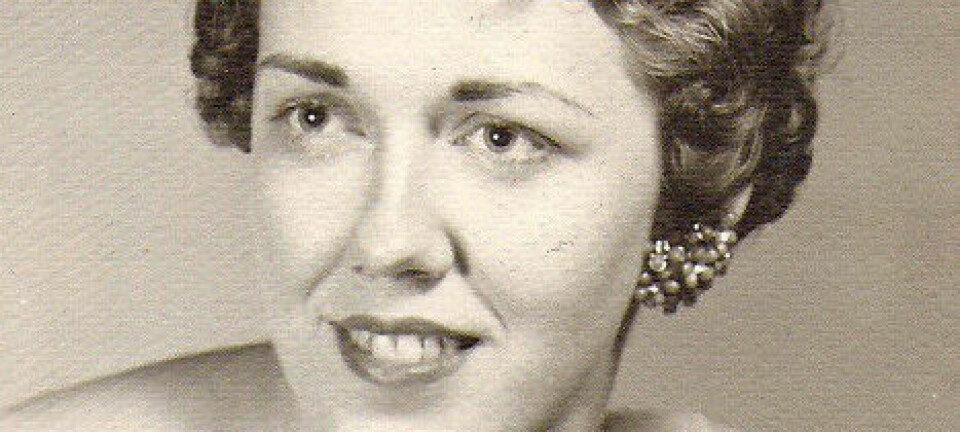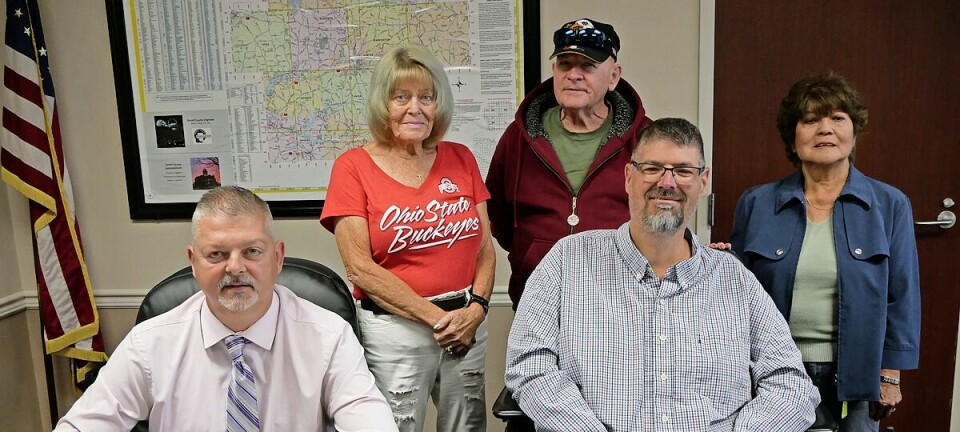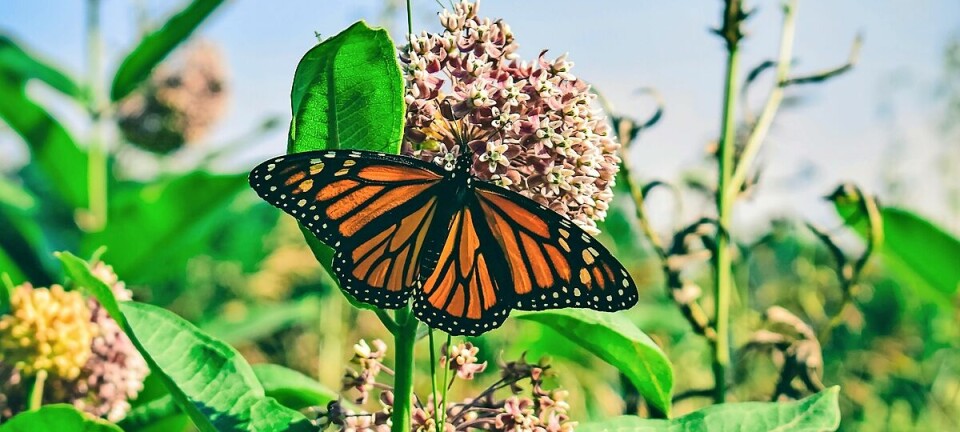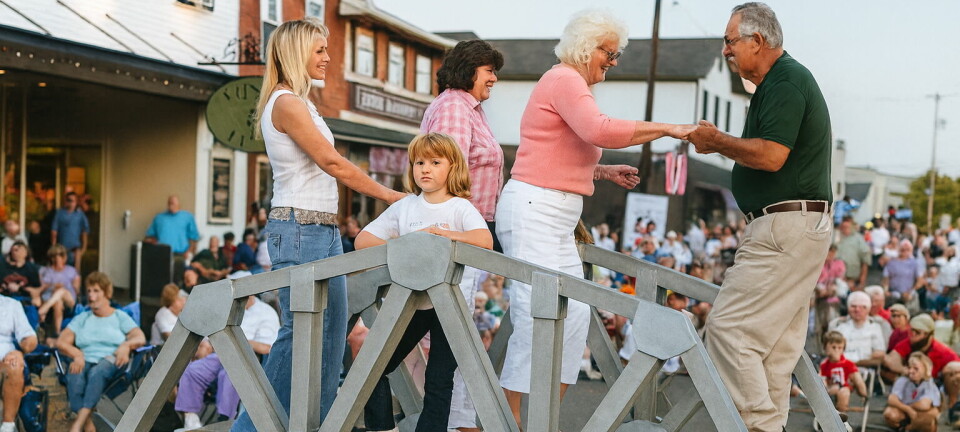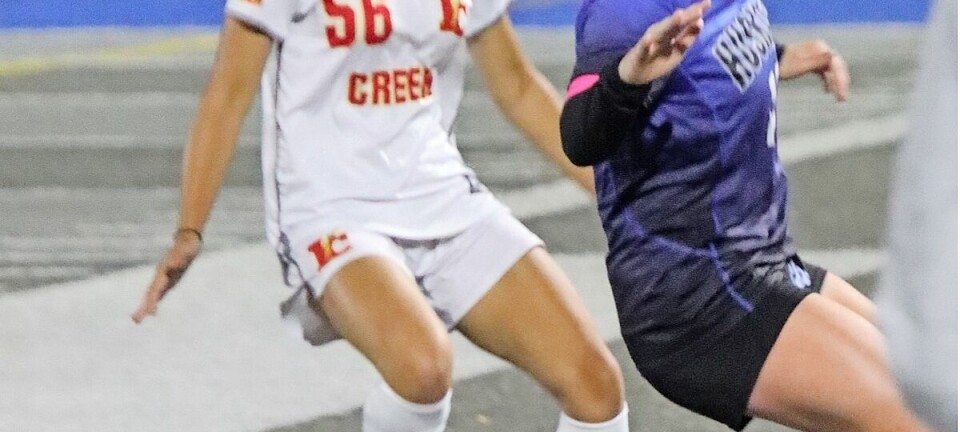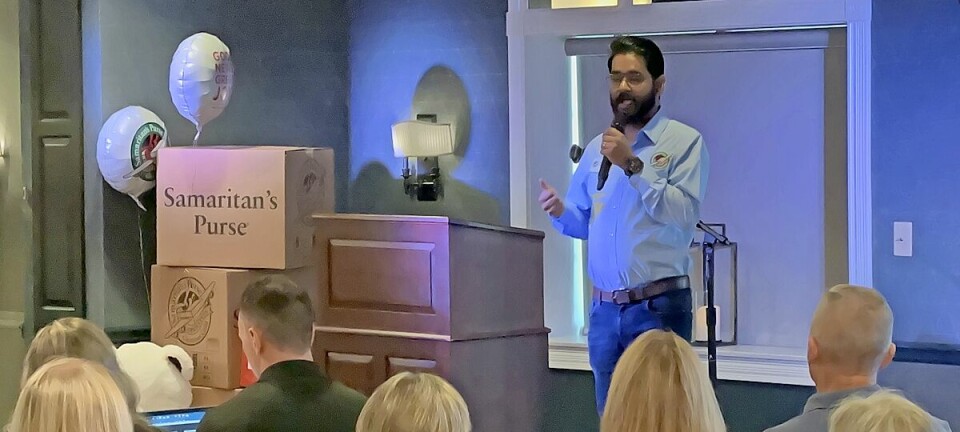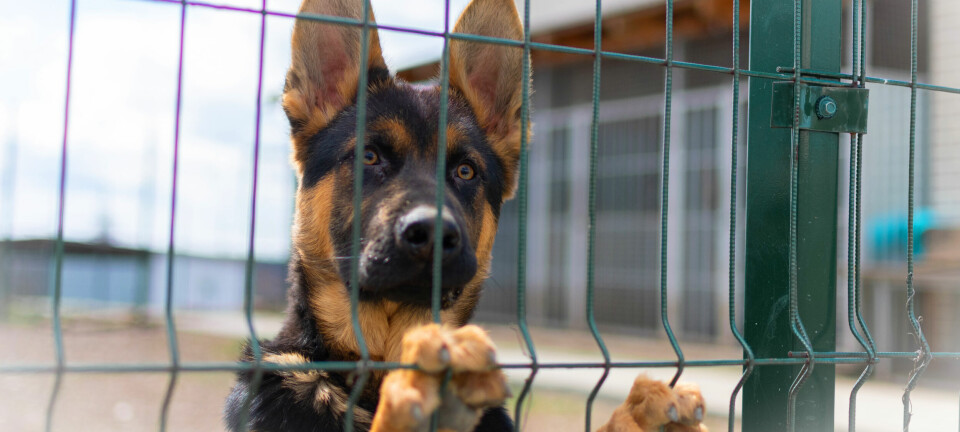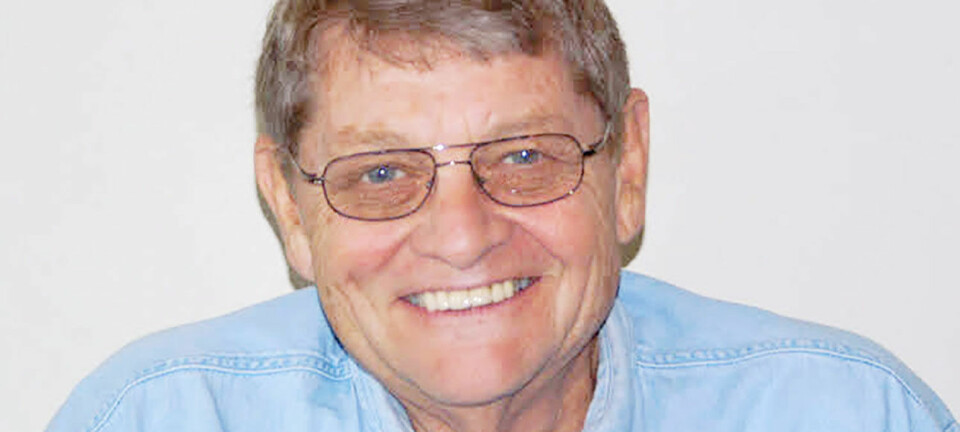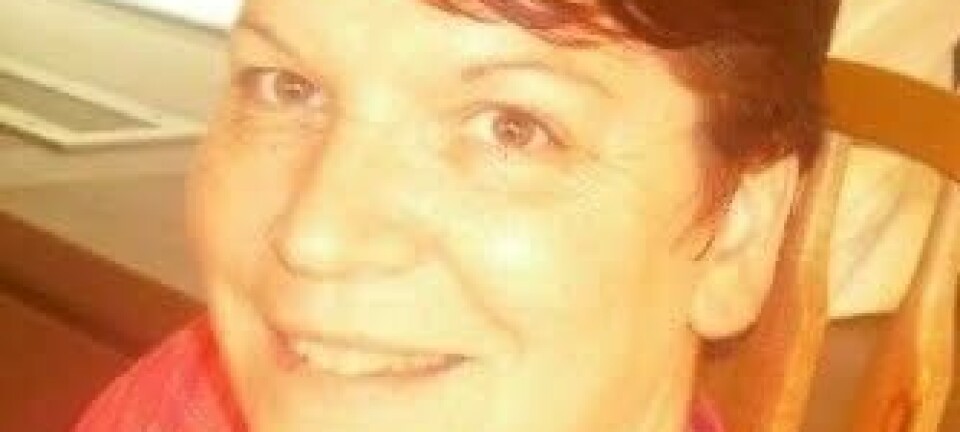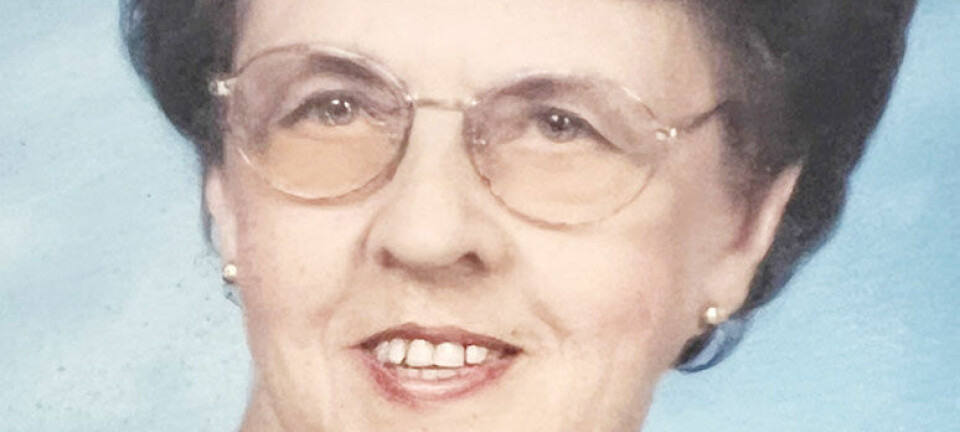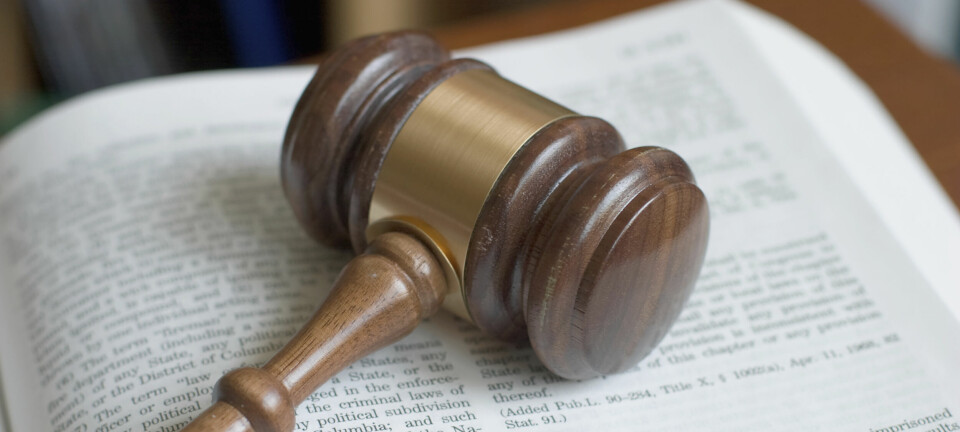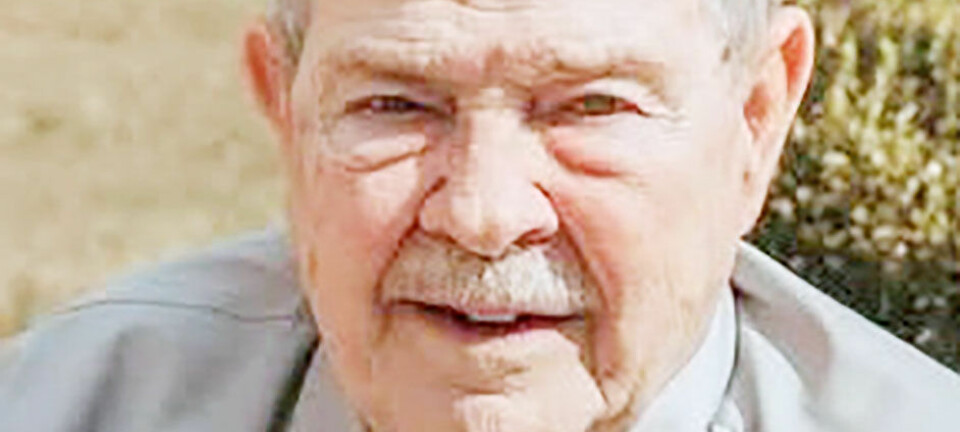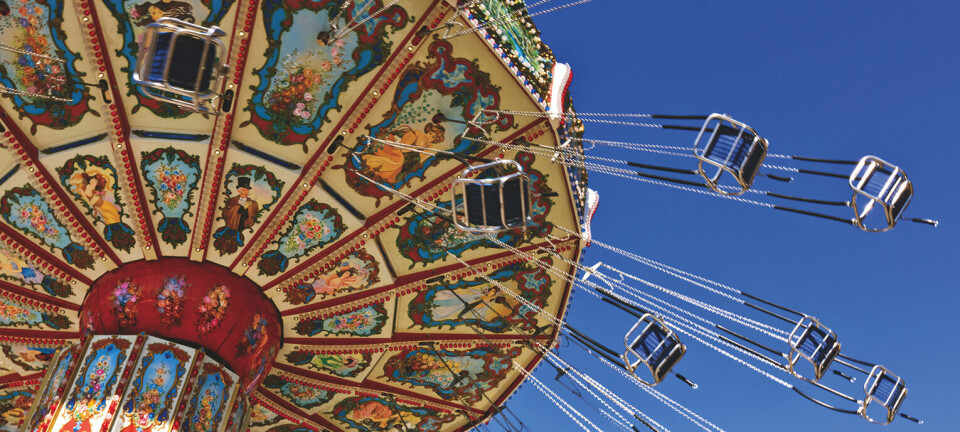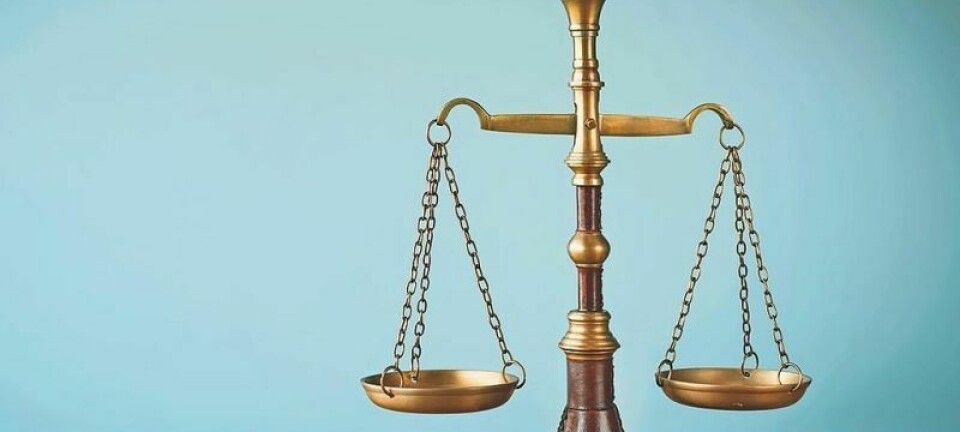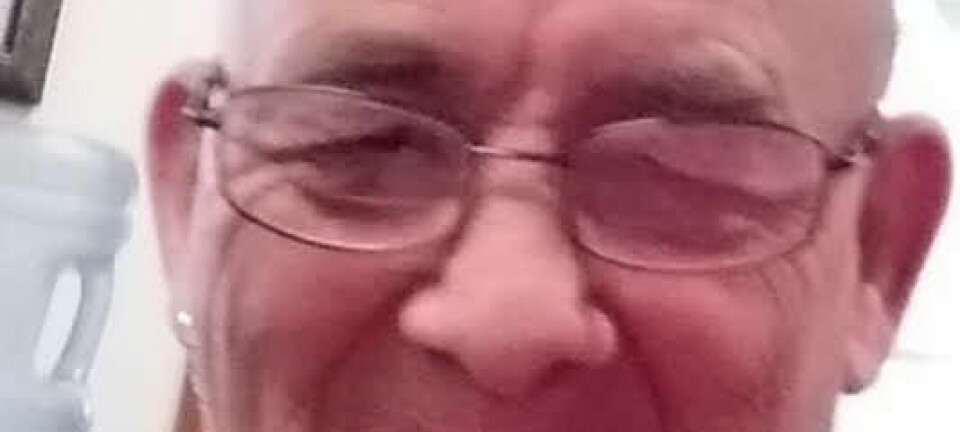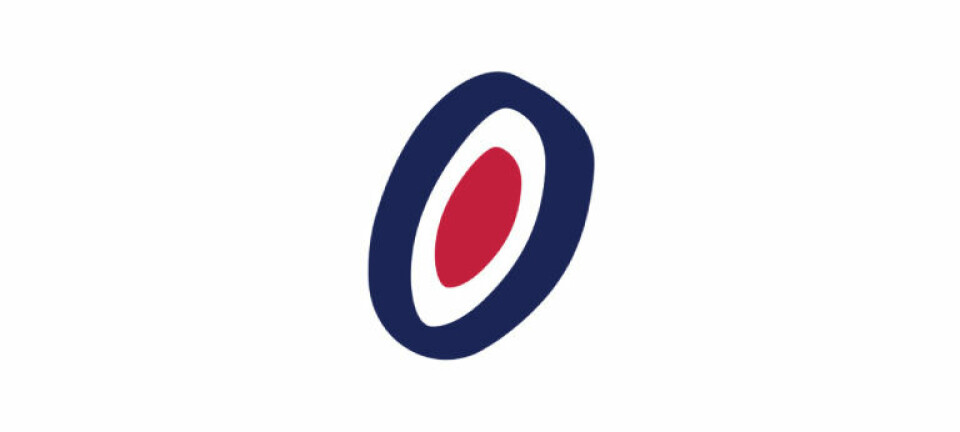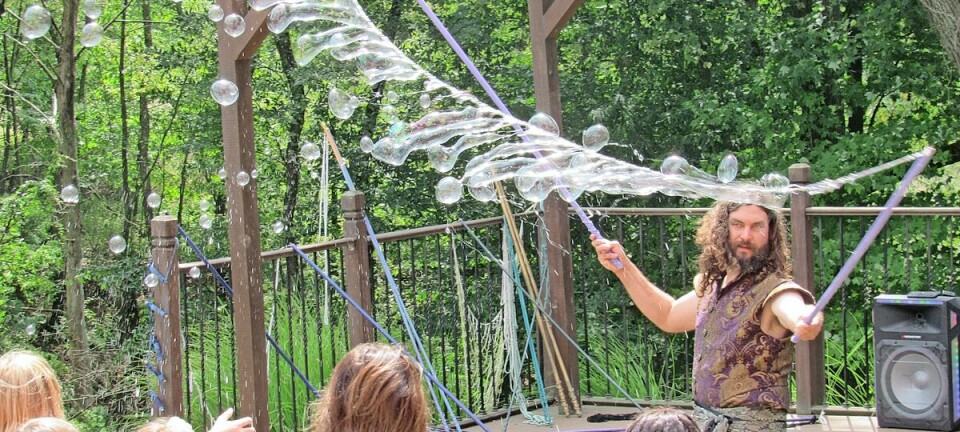Hats off to collector Jerry Stoughton and his historical collection of headgear





As a child, I collected nothing, stated collector Jerry Stoughton, as he stood before a table crammed with all types of childrens, womens, and mens hats. When I got older, I started collecting all kinds of things, and just picked up things that I enjoyed looking at. I guess thats how I started collecting vintage hats.Stoughtons penchant for hats grew partly out of his volunteer work in costuming with The Little Theatre of Tuscarawas County, and partly because he happened to pick up an old hat at a yard sale.I made hats for the Broadway show Hello Dolly that was done at the theatre, commented Stoughton. I made 35 hats, but I ended up having to make those 35 hats again when they repeated the show years later. The crazy thing was, I had just two weeks notice to do all 35 of them.In spite of the hat making marathon, Stoughtons love for the millinery pieces remained. One hat led to another, and now the collector has no fewer than 180 of them.Hats started out as simply a head covering to provide warmth or protection from the sun, he noted. Stoughton proceeded to show hand crocheted baby bonnets, sun bonnets, Amish caps, swim caps, night caps, dust caps, and a nurses cap from the 1929 era. From there, the collector pulled out a wedding hat with a veil, and even a black 1950s riding hat.These were all practical hats with a specific purpose. But hats became fashion statements way back in the 1870s. Stoughton picked up a heavily adorned hat, complete with tulle, birds, and fake flowers. By the 1890s, the trend was that the more you could get on a hat, the better.In the early 1900s, he explained, milliners used lots of feathers for ladies hats, but the practice became illegal after 1914 when the last passenger pigeon died.At that point, you could no longer kill birds for their feathers, so using ostrich feathers became practical.The Merry Widow hat was named after a popular play of the 1910 era, and the lavish creations were often so large and flamboyant that ladies were asked to remove their hats when attending a public event in order not to block the view of the person seated behind them. Stoughton showed off a black ostrich feather crested velvet and horsehair hat as an example of the time period.By the 1920s, the flapper hat became popular, followed by the close fitting cloche style that was thought to have been made famous by the French fashion designer Chanel, noted the collector, pointing out hats of each style sitting on the table. The 1930s brought hats that werent so pretty, many of which were slouch type hats like those made famous by actress Greta Garbo.Stoughton moved on to the 1940s and 1950s, when veils, pillbox and picture frame hats became the rage.Some of these had wicked little grabbers along the sides that were infamous for giving ladies headaches when they wore them. But by the 1960s, the Jackie O pillbox style came into favor, along with the lampshade shapes and, of course, the towering beehive type hats. By this time, wigs had also become popular, so the elaborate hats sat atop a head of fake hair. That was a lot of wear on ones head, so fascinators, or tiny almost nothing types of hats, were invented to perch on top of the wigs.Hats kind of died out after the floppy hats of the 1970s, unfortunately, Stoughton said ruefully. Stoughtons dedication to preserving the hats of the past, as well as the stories they carry with them, is commendable, but his collecting does not stop there.Stoughton, who willingly shares his collection with interested groups, admits that hats arent his only passion. I also have more than 100 pairs of vintage shoes, a collection of vintage clothes and sewing patterns, and even decorative eggs.


